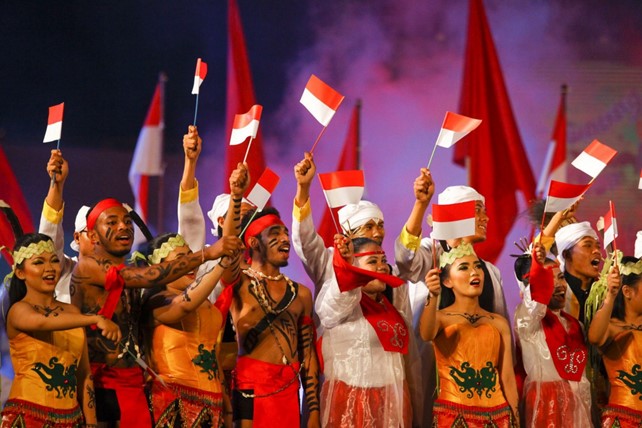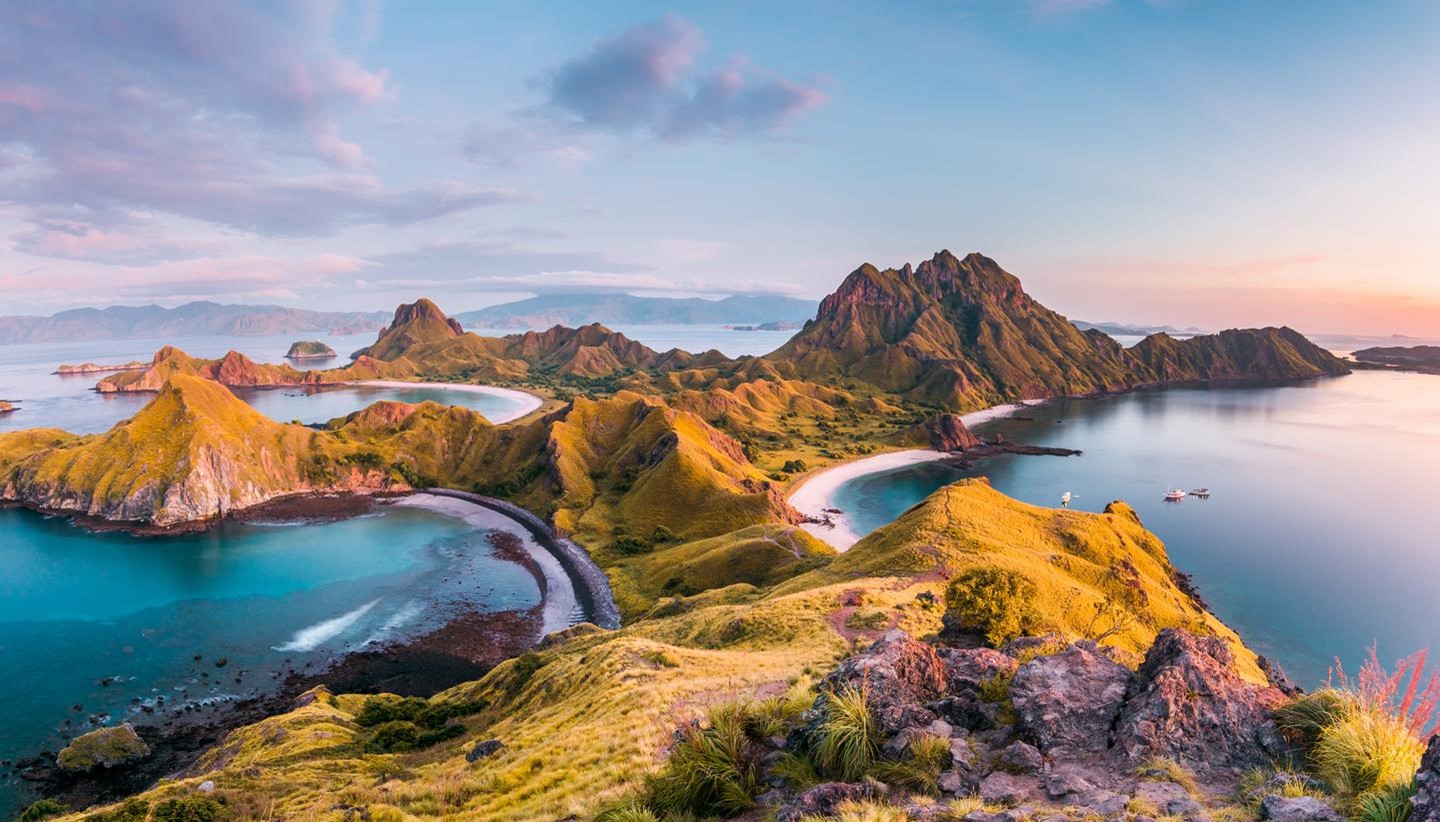

By: Fitri Worksol
Source: Britannica, Portal Informasi Indonesia
15.02.2022
Indonesia is one of the countries with the largest population in the world. The current population of Indonesia is 278,199.518 as of Monday, February 14, 2022, based on Worldometer elaboration of the latest United Nations data. Indonesia population is equivalent to 3.51% of the total world population, and The total land area is 1,811,570 Km2 (699,451 sq. Miles). With the number of islands reaching 17,000 islands, reaching 1300 ethnic groups, and more than 1000 languages.
Indonesia is the largest archipelagic country in the world. Indonesia has more than 17,000 islands, of which only about 7,000 are inhabited. Kalimantan, Java, Sulawesi, Sumatra and Papua are the main islands in Indonesia. In addition, Indonesia also has small islands such as Bali, Karimunjawa, Gili and Lombok which are local and international tourist destinations. The capital city of Indonesia is Jakarta, which is located on the island of Java.
The barriers of the mountains and the sea have protected the character and traditions of many groups. Away from the major cities and areas of dense population, there are significant variations from one valley to the next and almost from one village to the next. In many cases the highland groups of the larger islands Borneo, Sumatra, and Celebes were relatively untouched by international influences until the arrival of Christian missionaries during the 19th century; these upland peoples continue to reflect great cultural diversity. Each island or group of islands east of Java also has maintained its own distinct character, in many cases strongly influenced by different religions. In particular, Bali with its long tradition of Hindu and Buddhist influences rooted in local religious practices is quite different in character and customs from any other part of Indonesia.
 Most of the several hundred languages spoken in Indonesia have an Austronesian base. The major exceptions are found in western New Guinea and some of the Moluccas, where different Papuan languages are used. The Austronesian language family is broken into several major groups within which languages are closely related though distinctly different. On Java there are three major languages Javanese, Sundanese, and Madurese while on Sumatra there are dozens, many of which are divided into distinct dialects. Within the Toraja group, a relatively small population in the interior of Celebes, several languages are spoken. In eastern Indonesia each island has its own language, which is often not understood on the neighbouring islands. Similarly, languages often differ from one village to the next in the interior of Kalimantan.
Most of the several hundred languages spoken in Indonesia have an Austronesian base. The major exceptions are found in western New Guinea and some of the Moluccas, where different Papuan languages are used. The Austronesian language family is broken into several major groups within which languages are closely related though distinctly different. On Java there are three major languages Javanese, Sundanese, and Madurese while on Sumatra there are dozens, many of which are divided into distinct dialects. Within the Toraja group, a relatively small population in the interior of Celebes, several languages are spoken. In eastern Indonesia each island has its own language, which is often not understood on the neighbouring islands. Similarly, languages often differ from one village to the next in the interior of Kalimantan.
Indonesian (Bahasa Indonesia) is the national language. It evolved from a literary style of Malay language that was used in the royal houses of the Riau-Jambi area of eastern Sumatra, but it also has much in common with other Malay dialects that have long served as regional lingua francas. The differences between standard Malay and standard Indonesian reside largely in their idioms and in certain items of vocabulary. In 1972 Indonesia and Malaysia agreed on a uniform revised spelling of the language so that communications could be improved and literature more freely exchanged between the two countries.
Because it has no distinctive expressions based on social hierarchy and is not associated with one of the dominant ethnic groups, the Indonesian language has been accepted without serious question and has served as a strong force of national unification. Since the early 20th century it has been the main language of print in different parts of the country; it also served as the medium of political communication among members of the nationalist movement leading up to the revolution and declaration of independence in 1945. Writers of ethnic Chinese and Sumatran origins produced novels, plays, and poetry in the language, from which a modern Indonesian literature was born. Today the Indonesian language is the mother tongue for some city dwellers and a second language for most Indonesians. It is the medium of instruction in universities, and it is used in scientific, philosophical, and legal writings and debates. Radio stations, television channels, and films employ it (they rarely use local languages), and most popular songs with a national audience are written in the Indonesian language as well. (There are, however, locally popular groups that write and perform songs in regional languages and dialects.)